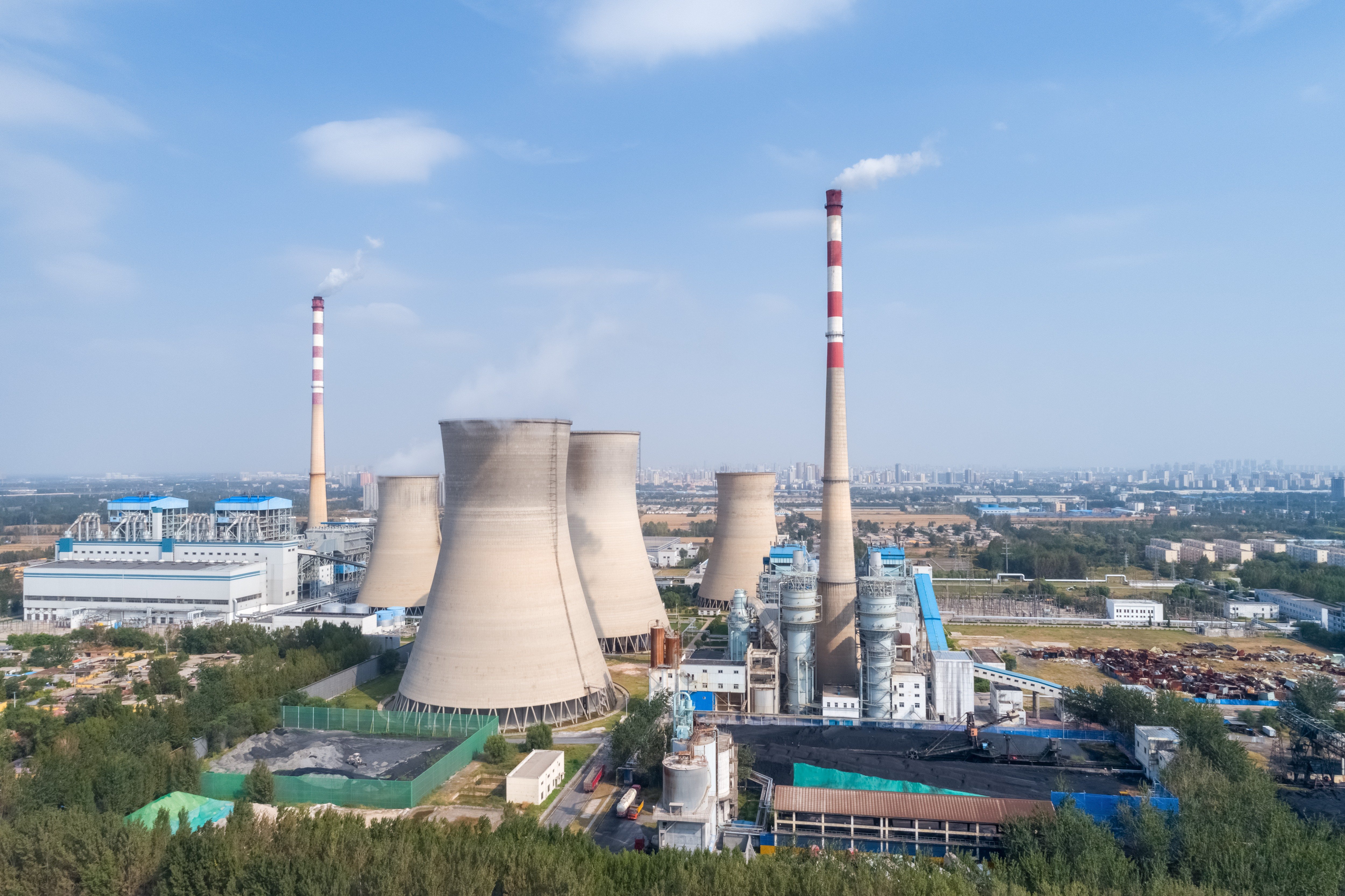Peaker Plants—The Dirty Band-Aid Solution to High Energy Demand

Peaker plants are the quick and fast solution AND problem to our energy grid pains.
Like a band aid laced with chili oil, peaker plants offer a temporary but outright harmful solution to meeting our high energy demand.
While they’re meant to power up quickly to meet high energy demand and alleviate grid stress, that short runtime can already bring a long-lasting negative impact on our environment.
Let’s dive into the dirty details of peaker plants. How do they work? What’s their impact on the environment? And why are they so detrimental to both our grid health AND personal health?
What is a peaker plant?
Peaker plants support the energy grid by powering up during times of high energy demand. They’re generally less efficient and have higher emission rates of greenhouse gases than typical power plants.
On average, peaker plants emit 60 million tons of CO2 each year. While they would typically run less than 5% of the time, about 300 hours per year, they still account for 2x - 3x the carbon emissions of a typical power plant.
Nearly all types of peaker plants take a toll on the environment, as they mainly use fossil fuels to generate energy.
There are more than 1000 fossil fuel peaker plants in the USA. Cities like New York, Washington DC, Chicago, and Los Angeles house more peaker plants than other metropolitan regions.
So you can only imagine how much of those harmful gases these peaker plants pump into our atmosphere.
Carbon dioxide or CO2 emissions are no longer just buzzwords. Thanks to ever-increasing environmental awareness campaigns worldwide, more and more people are beginning to understand the real consequences of conventional energy generation.
Peaker plants create hazardous living conditions
Approximately 33 million people in the US live within 3 miles of a peaker power plant. Residents nearby are at a higher risk of contracting various health problems.
Many peaker plants are in disadvantaged communities: residents are primarily low-income and people of color.
Some of the various problems include asthma and heart disease.
Energy storage to replace peaker plants
Environmental and technological advocates are placing peaker plants as a high priority for replacement. To produce cleaner air and reduce CO2 emissions, experts suggest energy and battery storage as great alternatives.
Another solution would be to use smart temperature sensors that send operators alerts to proactive energy management.
Energy storage uses a system to store or charge energy for a set time period and supply the power for later.
As a sustainability effort, energy storage and renewable systems are expected to dominate globally in the coming years.
Other ways of reducing harm to personal health and the environment
Ultimately, burning fossil fuels (coal, oil, and natural gas) creates dirty energy—leading to health risks and climate change.
Here are some solutions power plants can implement to reduce their negative impact on the environment:
- Using low-sulfur-content coal to minimize SO2 emissions.
- Using emissions control devices to treat the gases before they enter the power plant, including certain filters, electrostatic precipitators, and wet scrubbers.
- Spraying a lime solution into combustion gases to minimize SO2 emissions.
Natural gas alternatives also aren’t sustainable
Due to US regulations, coal-fired plants are slowly closing down. However, other energy generation sectors are rising.
Natural gases are known to be better energy sources than coal. Unfortunately, using them as an energy source makes them another contributor to greenhouse gas emissions.
So, what can we do?
We should all move away from all carbon-producing energy sources. Investing in healthier energy grids and other innovative sustainable solutions that reduce energy usage is the big end goal over the next few years.
Smart energy monitoring and management—one small step in the right direction
GlacierGrid is combating carbon emissions with IoT monitoring, one cooling system at a time.
We are continuously finding new ways to encourage a cleaner energy grid with clear monitoring, user-friendly management, and good old automation.
Cut your energy costs without cutting corners—try GlacierGrid for your business now.







